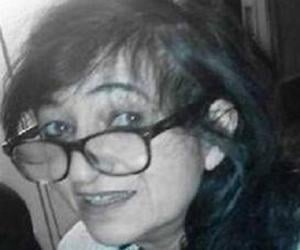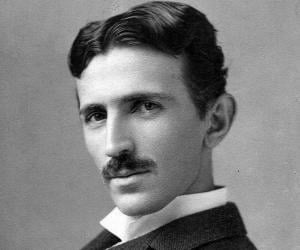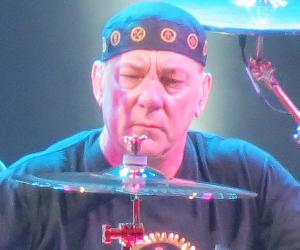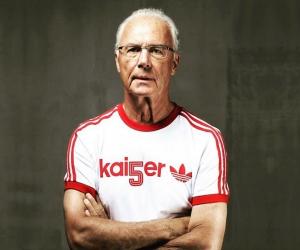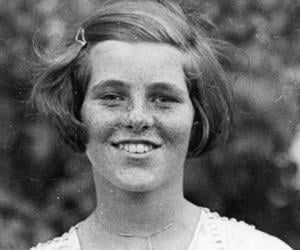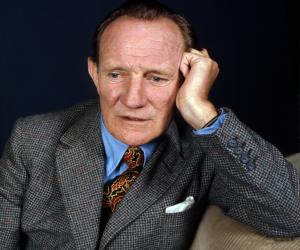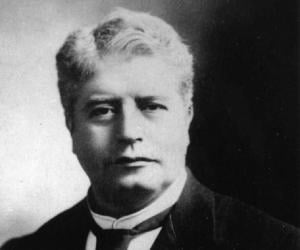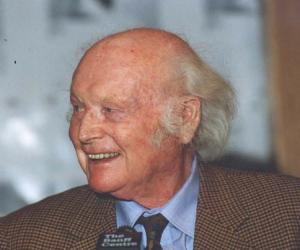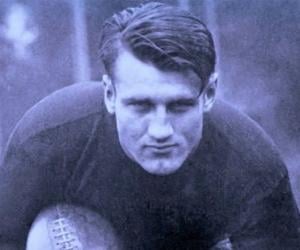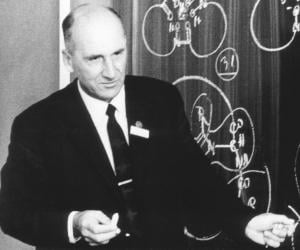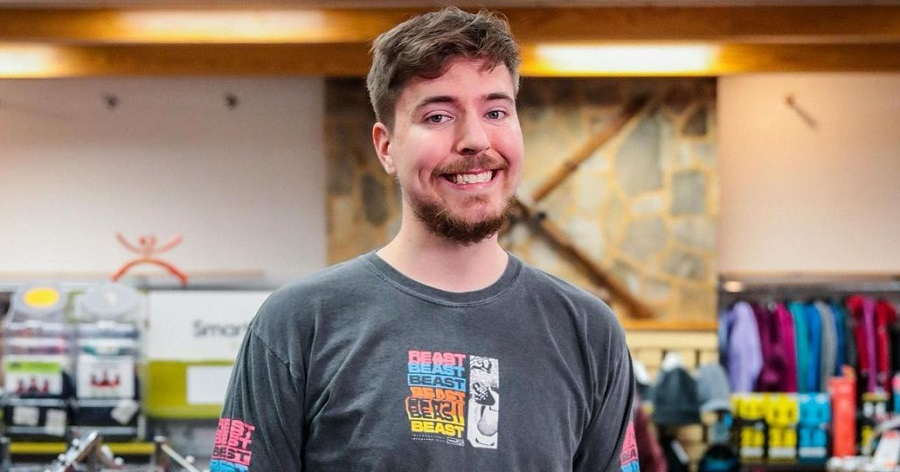Inventor, engineer and futurist, Nikola Tesla, is best remembered for his contribution to the development of the modern alternating current (AC) electricity supply system. A prolific inventor, he had around 300 patents for his inventions. Even though he earned a considerable amount of money, he had poor money management skills and died a poor man.
Neil Peart was a Canadian songwriter, author, and musician. Best known as the drummer of the popular rock band Rush, Peart was nicknamed The Professor for his technical proficiency. In 1983, Neil Peart became the youngest person ever to be inducted into the Modern Drummer publication's Readers Poll Hall of Fame.
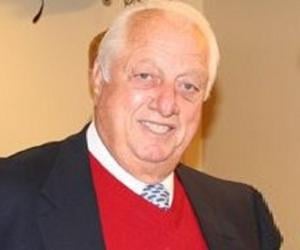
Tommy Lasorda was a popular baseball player who later also served as a manager of the MLB team LA Dodgers. His coaching career saw him win two World Series for the Dodgers. He also led the American baseball team to a gold medal win at the Sydney Games.
British actor Trevor Howard achieved stardom with his bit role of Alec in the romantic drama film Brief Encounter. He started his career with Shakespearean stage roles and then served as a paratrooper during World War II. His performance as Walter Morel in Sons and Lovers got him nominated for the Academy Award.
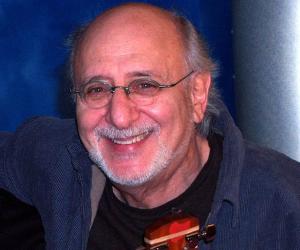
The first prime minister of Australia, Edmund Barton had also been a senior judge at the High Court of Australia. The federation movement leader was also a major force behind the drafting of the constitution of his country. After rejecting the knighthood thrice, he finally accepted the honor in 1902.
Austrian mountaineer, sportsman, geographer, and author Heinrich Harrer was part of the climbing team that made the first ascent of the North Face of the Eiger. He took part in expeditions to Alaska, the Andes, and the Mountains of the Moon in central Africa in his later years. As a writer, he published Seven Years in Tibet.
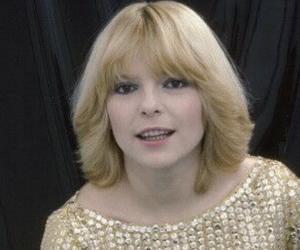

Babak Khorramdin was an Iranian revolutionary leader of the Iranian Khorram-Dinān, a local freedom movement fighting the Abbasid Caliphate. The rebellion spearheaded by Babak spread to the western and central parts of Iran and lasted for two decades before it was suppressed. Babak was betrayed by one of his own men and put to death by the Abbasid Caliph.
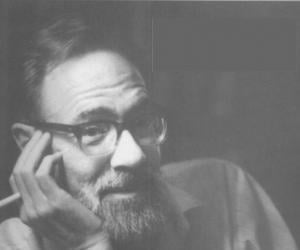


Gholamreza Takhti was an Iranian wrestler best remembered for winning the gold medal in the 87 kg category at the 1956 Olympic Games in Melbourne. A two-time world champion, Takhti had also won a gold medal at the 1958 Asian Games. Thanks to his sportsmanship and chivalrous behavior, Gholamreza Takhti was the most famous Iranian athlete of the 20th century.
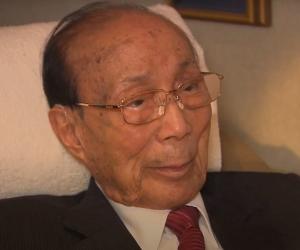
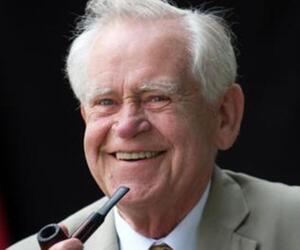

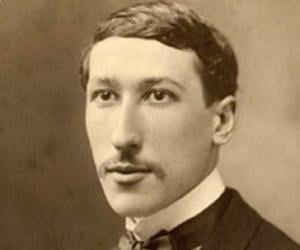

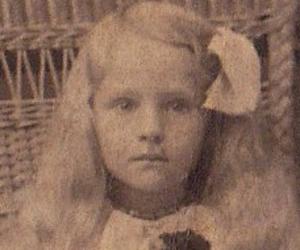
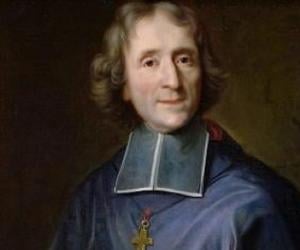
François Fénelon was a French writer, poet, theologian, and Catholic archbishop. He is best remembered for his book The Adventures of Telemachus, which was published in 1699. François Fénelon also served as a tutor of Louis, Duke of Burgundy, guiding the character formation of Louis, Grand Dauphin's eldest son.
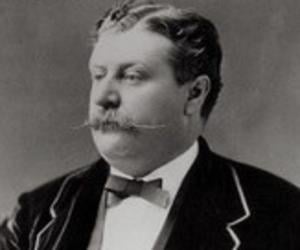
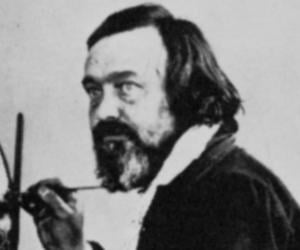
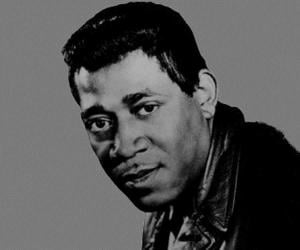

Vladimir Prelog was a Croatian-Swiss organic chemist known for his research into the stereochemistry of organic molecules and reactions. He received his Sc.D under the guidance of prominent chemist and composer Emil Votoček. He had a successful academic career and received the 1975 Nobel Prize in Chemistry. He was also a member of the Serbian Academy of Sciences and Arts.
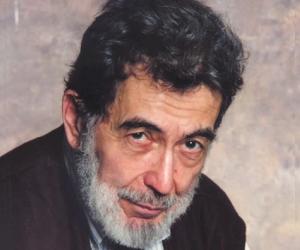

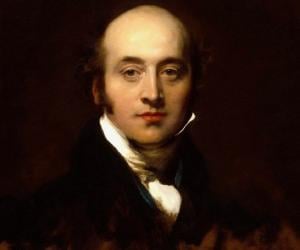
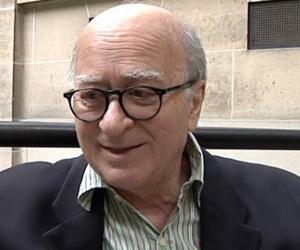

Mário Soares was a Portuguese politician remembered for his service as the Prime Minister of Portugal on two occasions; he served as the prime minister from 1976 to 1978 and again from 1983 to 1985. He also served as the President of Portugal from 1986 to 1996. Soares also served as the Minister of Foreign Affairs between 1974 and 1978.

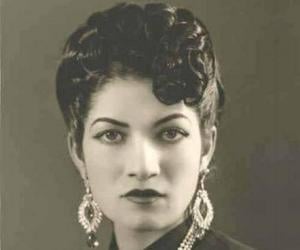
Jože Plečnik was a Slovene architect best remembered for designing the Slovene National and University Library building. Plečnik had a great impact on the architecture of Ljubljana, Prague, and Vienna. Jože Plečnik's impact on the capital city of Slovenia is so great that it is often compared to the impact Antoni Gaudí i Cornet had on the city of Barcelona.

Sophia Louisa Jex-Blake was an English teacher, physician, and feminist. A pioneer of medical education for women, Jex-Blake was the first woman to practise medicine in Scotland. She was also involved in the establishment of two medical schools for women in Edinburgh and London at a time when no medical schools were training women.



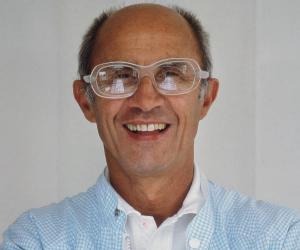
André Courrèges was a French fashion designer whose designs were influenced by futurism and modernism. Courrèges is remembered for being one of the designers to have invented the miniskirt. He is also renowned for his extremely simple designs that were paired with go-go boots; the go-go boot was initially known as the Courrèges boot.
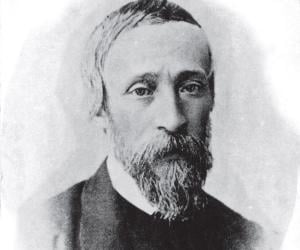
One of the pioneers of the European oil industry, Ignacy Łukasiewicz was a Polish pharmacist who not only invented the kerosene lamp but also co-established the first petroleum extraction company and invented Europe’s first modern street lamp. As an affluent man, in his later years, he also became a prominent philanthropist.
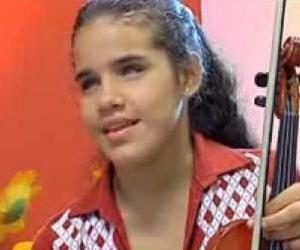
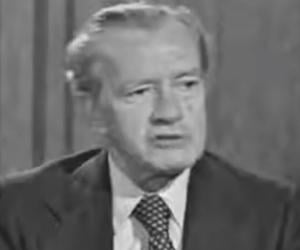
One of the greatest authors of 20th-century Latin literature, Mexican writer Juan Rulfo was one of the pioneers of magic realism and also inspired authors such as Gabriel García Márquez. Best known for his novel Pedro Páramo and short story collection El Llano en llamas, he was also a talented photographer.
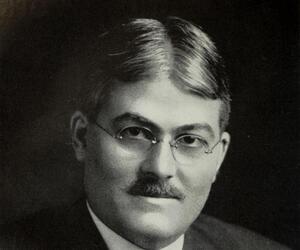
American surgeon George Washington Crile, who is noted for co-founding the non-profit American academic medical center called the Cleveland Clinic, is credited formally as the first surgeon who performed the first surgery using a direct blood transfusion. He made significant contributions to the study of blood pressure, described the radical neck dissection and designed a small hemostatic forceps.
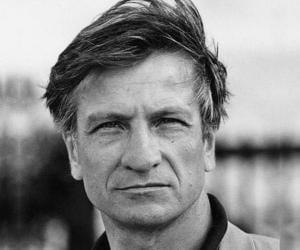
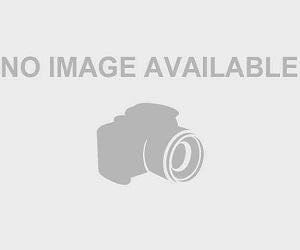
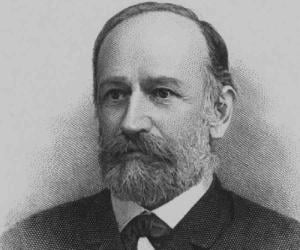
Best known for originating the Stefan-Boltzmann law, Josef Stefan was an Austrian physicist, who published nearly eighty scientific papers in his life time. Starting his career as a lecturer in mathematical physics at University of Vienna, he rose to become director of Physical Institute, meanwhile empirically deriving the Stefan-Boltzmann law, thus paving the way for further work on blackbody radiation.

